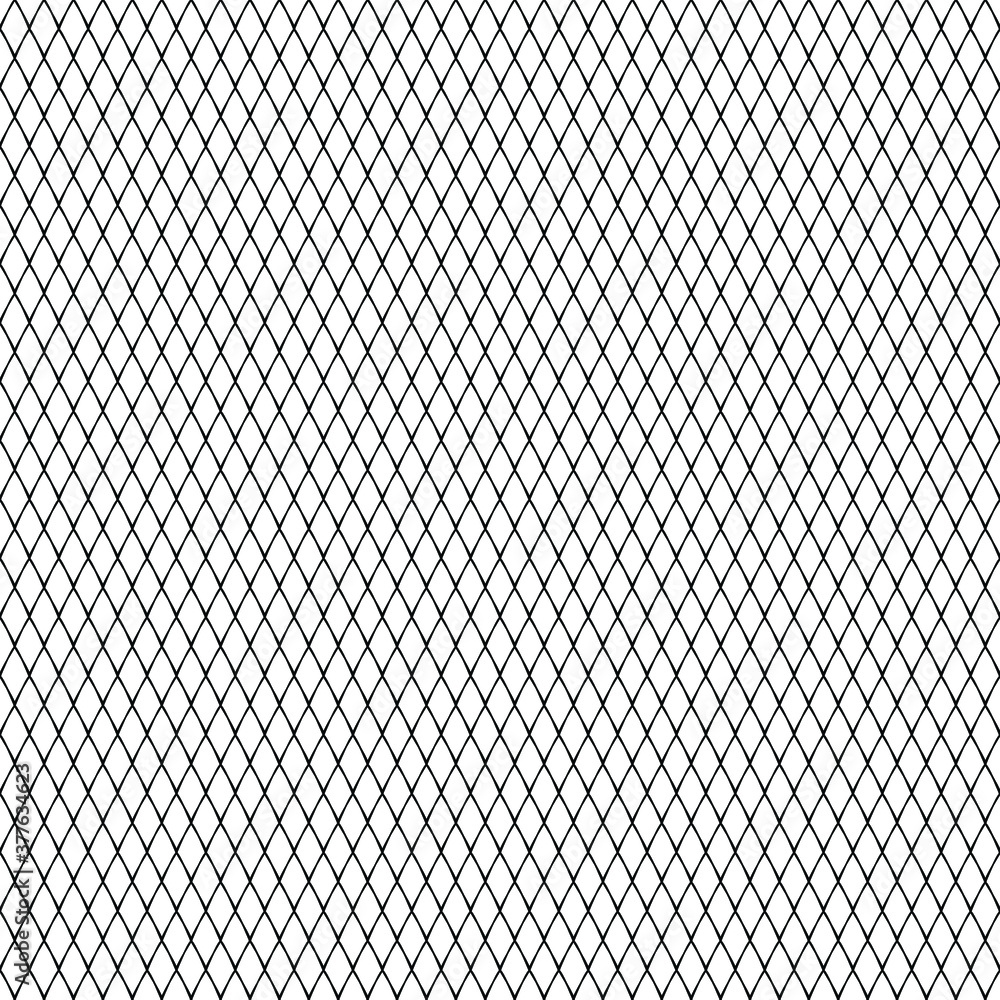
Source: Adobe Stock
Understanding Top Contact Design in Solar Cells
Impact of Finger Spacing on Emitter Resistance
The design of the top contact in solar cells plays a crucial role in minimizing resistive losses. One important aspect is the emitter resistance, where a shorter distance between the fingers leads to lower resistance and improved efficiency.
Grid Resistance
Grid resistance is influenced by the metal’s resistivity, the metalization pattern, and the aspect ratio. Low resistivity and a high aspect ratio are favorable for solar cells, but fabrication technology constraints limit these factors.
Shading Losses
Shading losses occur when metal on the cell’s surface blocks light entry. The transparency of the surface, determined by metal line width and spacing, impacts shading losses. Narrow line-width technology allows for closer finger spacing, reducing losses.
Design Rules
Most top surface metalization patterns are simple and symmetrical for practical reasons. Key design rules include optimizing busbar width to balance resistive and shadowing losses, favoring tapered busbars over constant width ones, and reducing losses with smaller unit cells, finger widths, and spacings.
In conclusion, the design of the top contact in solar cells is a critical aspect that influences overall efficiency. By considering factors such as finger spacing, grid resistance, shading losses, and following design rules, engineers can optimize the performance of solar cells for enhanced energy generation.

Source: Adobe Stock
Feel free to comment your thoughts.
